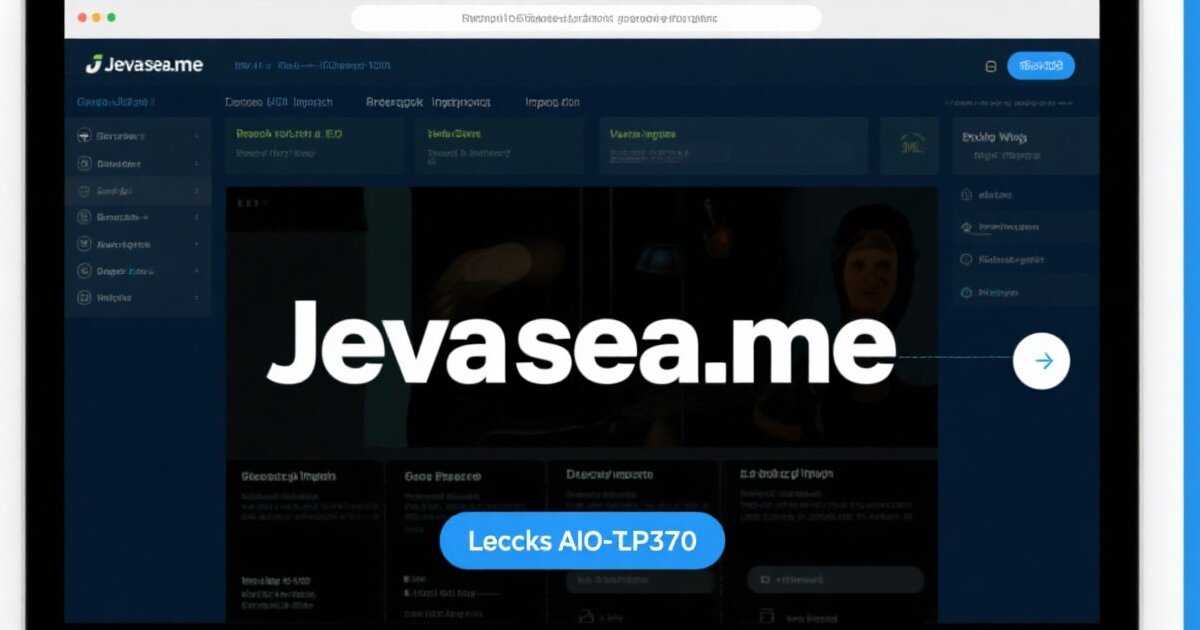I. Introduction: Navigating the New Era of Software License Governance
In the age of digital transformation, organizations are increasingly dependent on a blend of proprietary and open-source software to run their operations. This hybrid ecosystem, while powerful, has made license compliance more complex than ever. Each software component comes with unique legal obligations, usage restrictions, and renewal requirements — creating a landscape ripe for errors, waste, and potential litigation.
Enter the Doge Software Licenses Audit HUD, a next-generation, real-time dashboard designed to bring visibility, control, and efficiency to license governance. By fusing automation, analytics, and policy enforcement into one central interface, this system enables organizations — from large enterprises to government agencies like HUD — to ensure compliance with ease.
The Doge Audit HUD doesn’t just monitor software usage; it transforms compliance into an intelligent, continuous process. It bridges technology, policy, and accountability, offering leaders a clear window into their organization’s software health while cutting unnecessary costs and reducing legal risk.
II. What Is the Doge Software Licenses Audit HUD?
At its core, the Doge Software Licenses Audit HUD is an automated, developer-friendly Heads-Up Display (HUD) that continuously tracks, categorizes, and audits software licenses across an organization’s infrastructure.
The term “Doge” here stands for the Department of Government Efficiency (DOGE) initiative — not the cryptocurrency meme — reflecting a government-driven mission for efficiency, transparency, and digital modernization. The HUD acts as an intelligent overlay, showing live compliance metrics directly within DevSecOps workflows, so developers, compliance officers, and executives can all make informed decisions in real time.
This integration brings compliance directly into the heart of modern development pipelines, ensuring that license checks are continuous rather than reactive. Whether it’s for public sector accountability or private enterprise governance, the Doge HUD promotes responsible software management, turning complexity into clarity.
III. Why License Auditing Matters — Especially for HUD
A. Legal, Security, and Financial Stakes
Software license non-compliance is not a minor issue — it’s a major business risk. Companies can face lawsuits, fines, and reputational damage when they fail to adhere to license agreements. Beyond legal exposure, unlicensed or outdated software can introduce critical security vulnerabilities, providing gateways for cyber-attacks.
Financially, many organizations bleed money through redundant, expired, or unused licenses. Without continuous auditing, thousands of dollars can vanish annually due to license sprawl — paying for tools no one uses.
By implementing tools like the Doge Software Licenses Audit HUD, organizations gain proactive control over this chaos. It automates oversight, reduces human error, and ensures that every software asset is compliant, secure, and justified.
B. Spotlight: HUD Compliance and Public Accountability
For the U.S. Department of Housing and Urban Development (HUD), software license governance goes beyond cost management — it’s about public trust and financial integrity. HUD operates under a strict mandate to ensure taxpayer funds are used effectively.
DOGE audits have revealed massive software waste: thousands of unused ServiceNow, Adobe, Cognos, and Java licenses costing millions in unnecessary expenditure. The Doge Software Licenses Audit HUD directly addresses this issue by aligning software usage with public procurement laws, eliminating unused subscriptions, and providing verifiable audit trails.
Such transparency not only saves public money but reinforces accountability and stewardship, vital to any government body handling taxpayer resources.
IV. Key Components of the Doge Software Licenses Audit HUD
- License Inventory Tracking: Automatically scans systems to build a comprehensive catalog of all open-source and proprietary software components.
- Real-Time Compliance Dashboard: Displays live license statuses, expiration dates, and risk levels for immediate decision-making.
- Policy and Rule Engine: Enables teams to define internal policies — such as acceptable license types — and enforces them automatically.
- Automated Reporting & Audit Trails: Generates legally compliant reports with timestamps and immutable logs for regulators or auditors.
- Analytics & Optimization Insights: Uses data visualization to highlight duplicate licenses, underutilized tools, and potential cost-saving opportunities.
- Integration Ecosystem: Connects with GitHub, GitLab, CI/CD pipelines, and security scanners, embedding compliance checks within development workflows.
Together, these components make the HUD an end-to-end compliance intelligence system — not just a monitoring tool.
V. How the Workflow Operates
The Doge Audit HUD workflow follows a structured, continuous cycle:
- Discovery Phase: Scans all environments to detect installed and active software.
- License Identification: Automatically classifies each component by license type, permissions, and restrictions.
- Compliance Evaluation: Cross-checks license terms against organizational policies and legal standards.
- Live HUD Updates: Displays compliance metrics, violations, and expiration alerts in real time.
- Alerts & Automation: Notifies stakeholders or triggers automated remediation workflows.
- Reporting & Logs: Produces auditable reports, proving compliance to both internal and external auditors.
This process ensures continuous feedback and oversight, keeping organizations compliant 24/7 rather than during periodic audits.
VI. Benefits by Role
| Stakeholder | Key Benefits |
|---|---|
| Developers | Get real-time feedback on license risks directly in their IDEs and pipelines. |
| Compliance & Legal Teams | Simplified audits, traceability, and policy enforcement with minimal manual review. |
| CTOs / IT Governance | Gain centralized control, risk visibility, and measurable cost savings. |
| Government Agencies (e.g., HUD) | Ensure transparency, accountability, and responsible use of public funds. |
This role-based value structure demonstrates how the Doge HUD empowers every tier of the organization to work smarter and safer.
VII. Real-World Use Case: The DOGE Audit at HUD
A recent DOGE audit at HUD exposed significant inefficiencies:
- 35,855 ServiceNow licenses for only 84 users
- 11,020 Adobe Acrobat licenses for zero active users
- 1,776 Cognos licenses for 325 users
- 10,000 Java licenses for 400 users
This means tens of thousands of licenses were paid for but unused — a massive financial drain.
If the Doge Software Licenses Audit HUD had been deployed, these issues could have been identified in real time, allowing immediate deactivation or reassignment. The result? Millions saved annually, fewer compliance risks, and stronger operational integrity.
VIII. Benefits Beyond Cost Savings
- Taxpayer Stewardship: For government agencies, the HUD ensures every dollar spent on software delivers measurable value, upholding public trust.
- Broader IT Governance: The platform unites procurement, compliance, and security under one transparent framework.
- Cultural Shift: Beyond tools, it promotes a culture of awareness, accountability, and collaboration — where every team understands their role in software governance.
This transition marks the beginning of smarter, ethics-driven digital management.
IX. Challenges and Pitfalls
Even with powerful automation, organizations face real challenges:
- License Ambiguity: Some open-source projects lack clear or updated license metadata.
- Legacy Software: Old systems often have incomplete documentation or expired contracts.
- False Positives/Negatives: Automated scans may occasionally mislabel components, requiring human oversight.
- Data Integrity: Inconsistent updates can weaken audit reliability.
- Organizational Silos: Disconnected IT, legal, and procurement teams can obstruct unified compliance.
Best practices include centralized inventories, routine training, and continuous audit cycles to keep systems synchronized and trustworthy.
X. Best Practices for Implementation
- Centralize License Data: Maintain a unified software asset repository accessible to all stakeholders.
- Conduct Continuous Audits: Replace annual reviews with automated, rolling compliance checks.
- Embed Compliance in CI/CD Pipelines: Integrate license validation directly into development workflows.
- Educate and Align Teams: Train IT, legal, and procurement departments to collaborate on shared compliance goals.
- Establish Governance Frameworks: Create cross-functional policies that evolve with software ecosystems.
These measures ensure that organizations not only stay compliant but also become adaptive and resilient to regulatory change.
XI. The Future of License Auditing
The future of compliance is intelligent, predictive, and decentralized.
- AI-Driven Risk Alerts will anticipate potential violations before they occur.
- Blockchain-based Audit Logs will secure data integrity and prevent tampering.
- Cross-Industry Benchmarks will help organizations compare efficiency across sectors.
- Open-Source HUD Platforms will foster transparency and global collaboration.
The Doge Audit HUD represents this future today — combining automation with ethics, data with governance, and technology with accountability.
XII. Conclusion: Building a Culture of Continuous Compliance
The Doge Software Licenses Audit HUD is more than a monitoring dashboard; it’s a strategic governance asset redefining how organizations manage digital compliance. By turning reactive audits into proactive intelligence, it transforms compliance from a burden into a business advantage.
Organizations that adopt this model stand to save millions, reduce legal exposure, and strengthen their digital integrity.
To get started, leaders should:
- Assess their current software landscape.
- Pilot a license audit HUD solution.
- Commit to continuous, data-driven compliance.
In a world where software runs everything, the Doge Audit HUD ensures we run software responsibly — with efficiency, transparency, and trust at every level.










